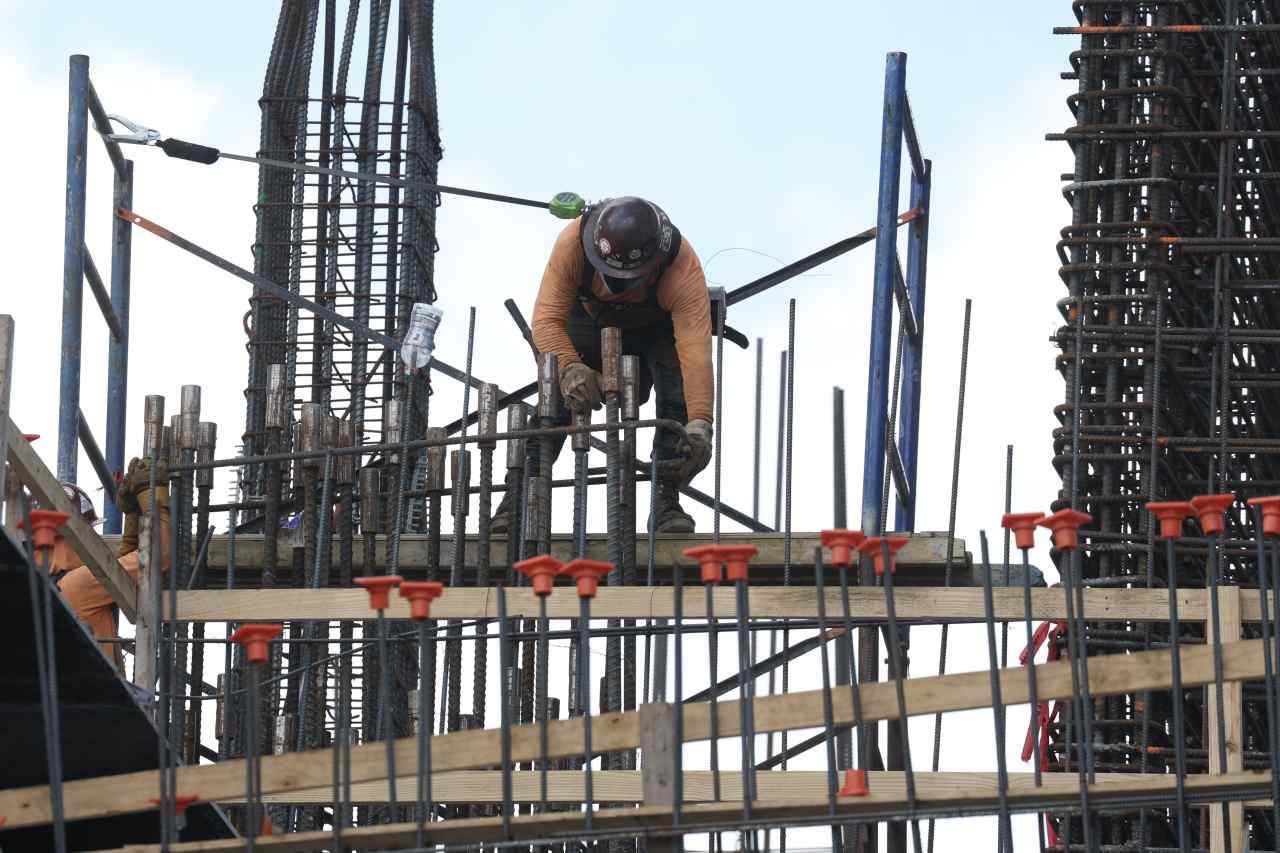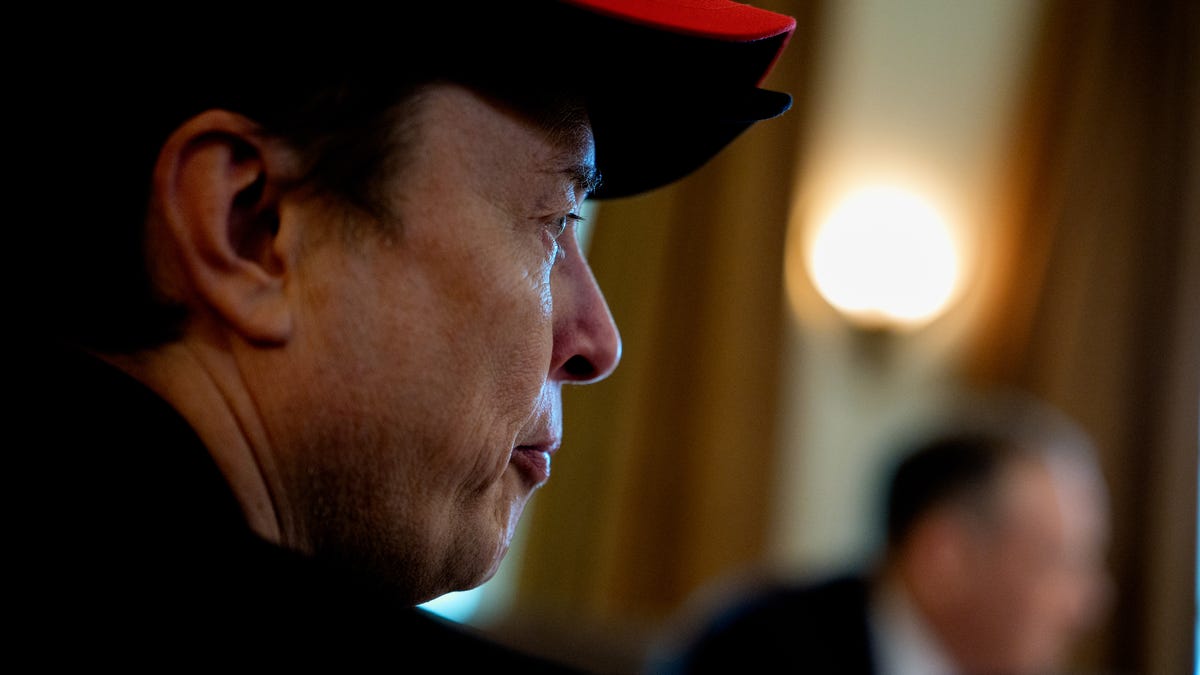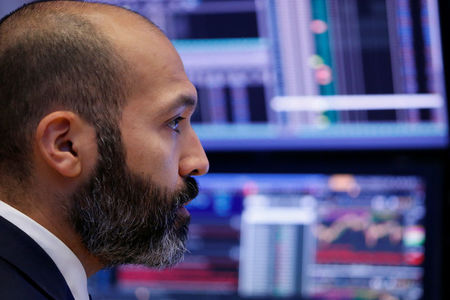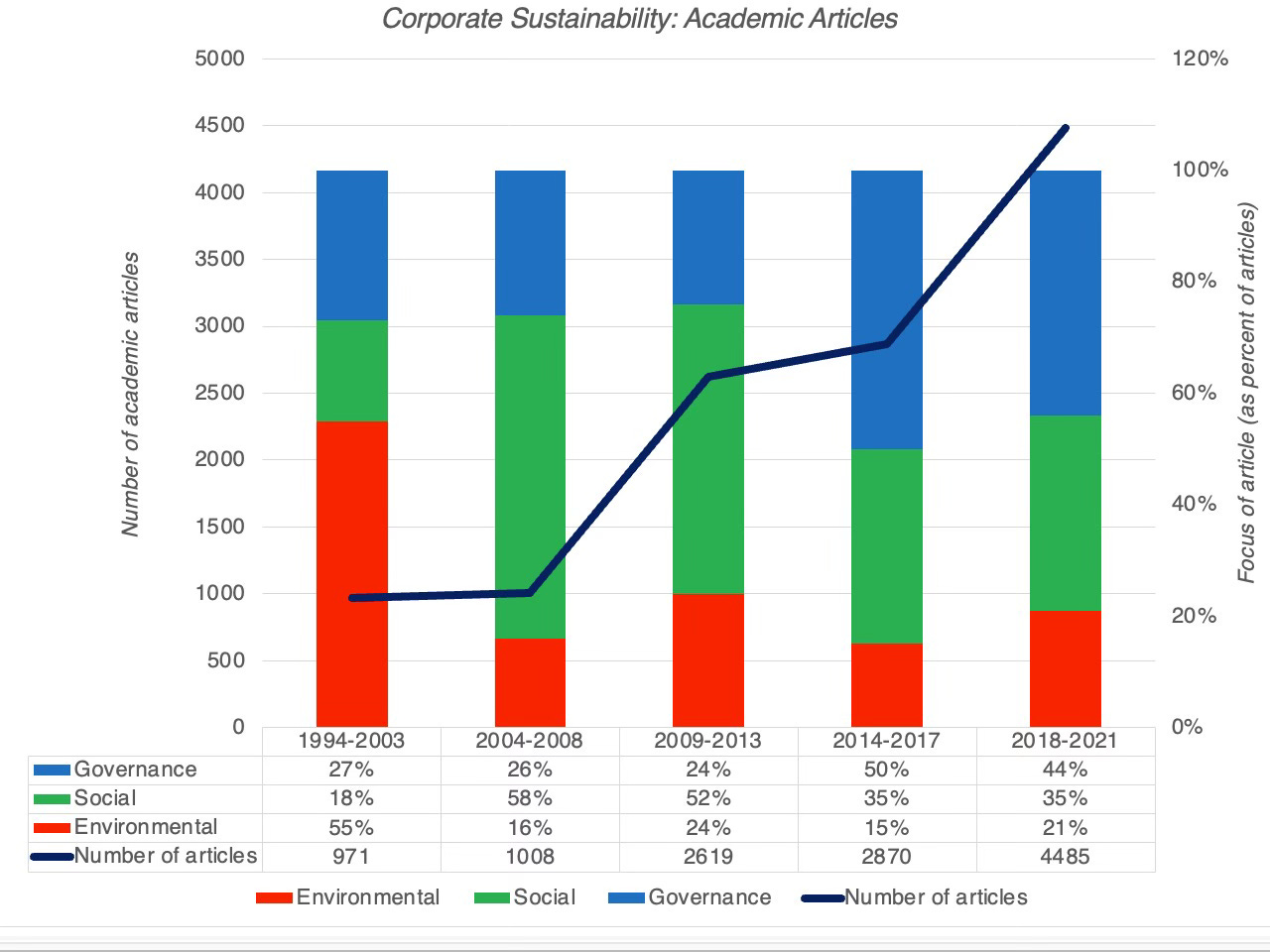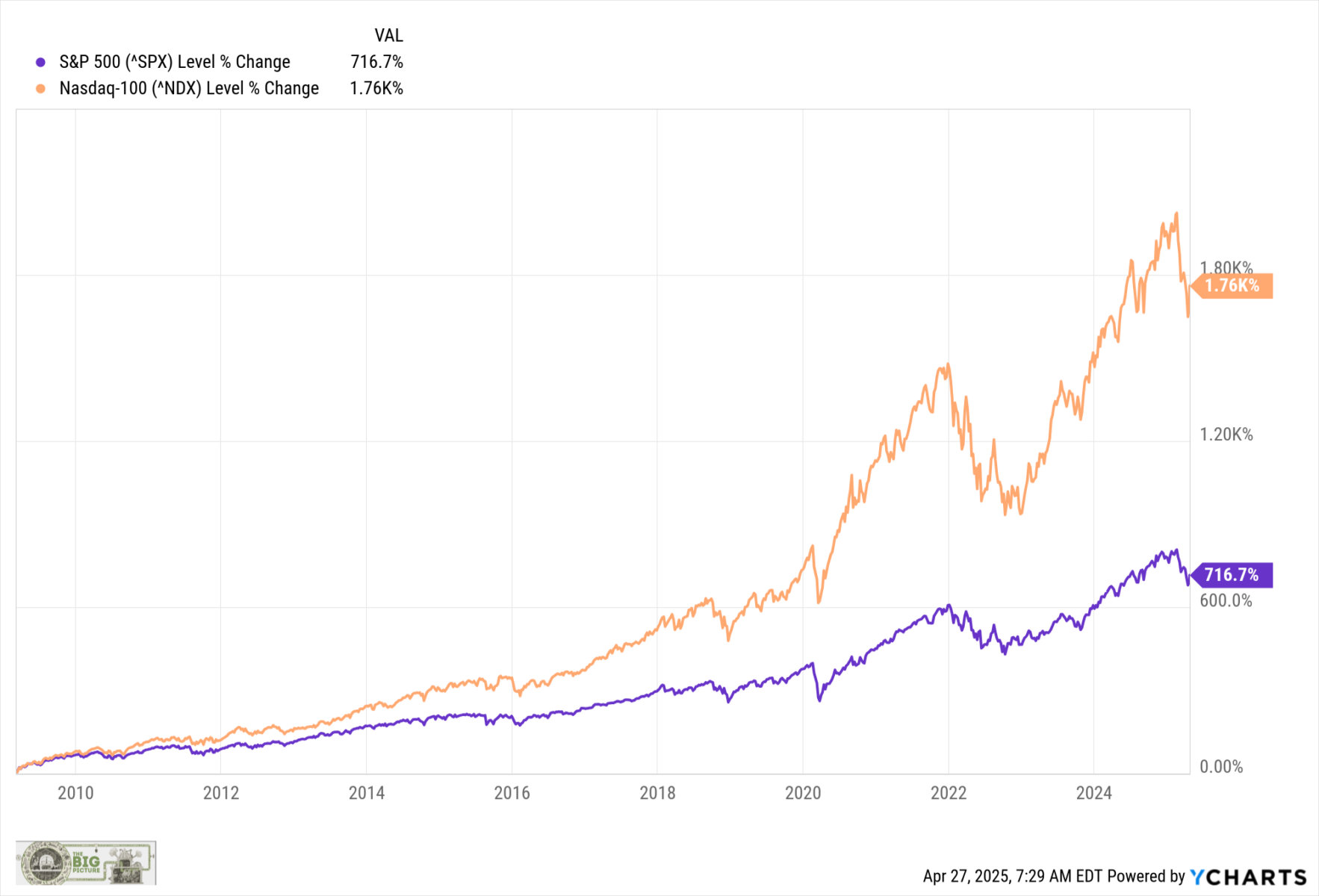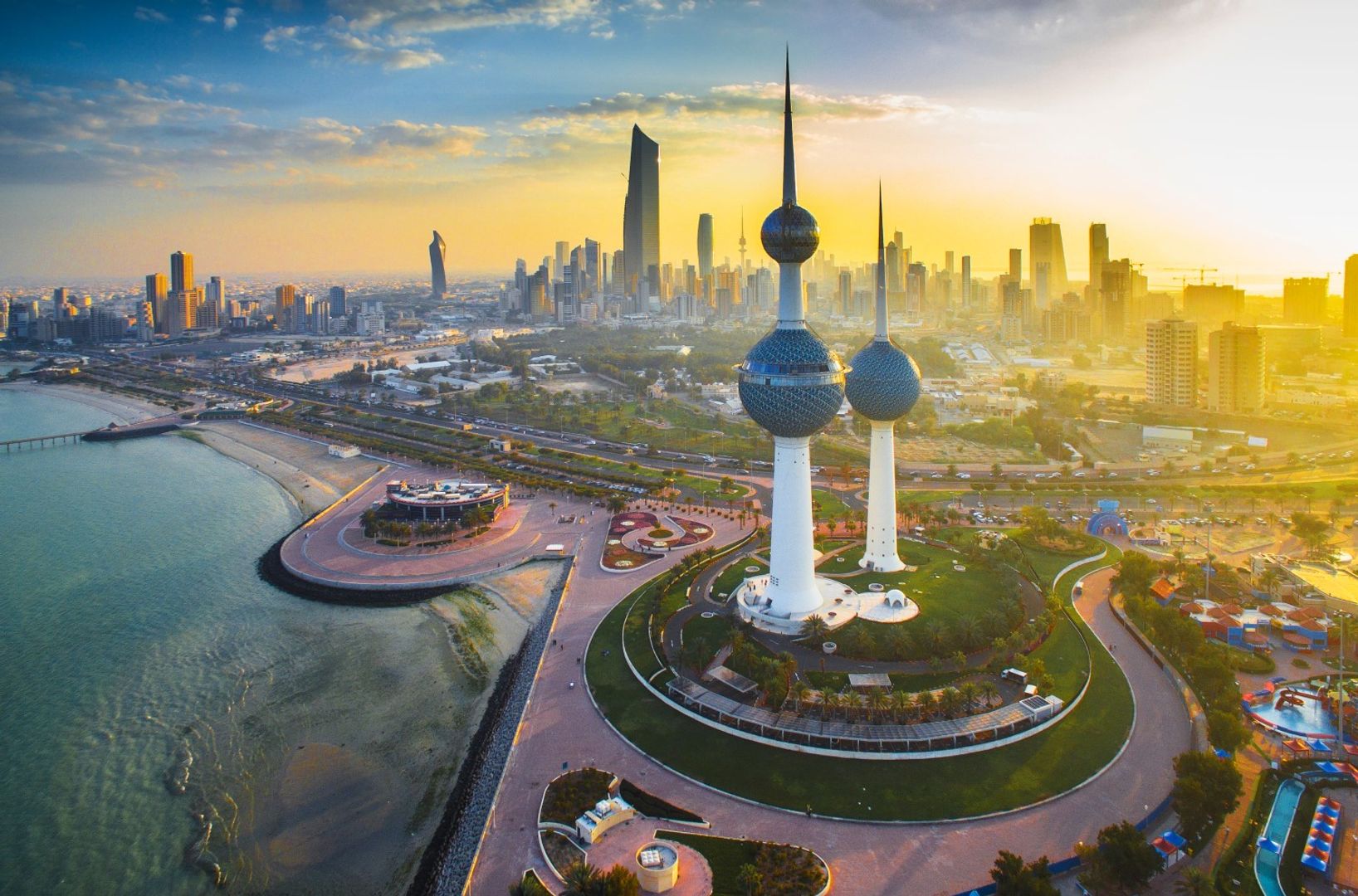What Countries Have Missile Defenses, and How Good Are They?
Rising geopolitical tensions and rapid advancements in military technology have required new strategies to ensure national security around the world. As more countries develop ballistic, cruise, and hypersonic missiles, adequate defenses are in high demand. This article explores which countries have missile defense systems, how advanced they are, and where global missile defense is headed […] The post What Countries Have Missile Defenses, and How Good Are They? appeared first on 24/7 Wall St..
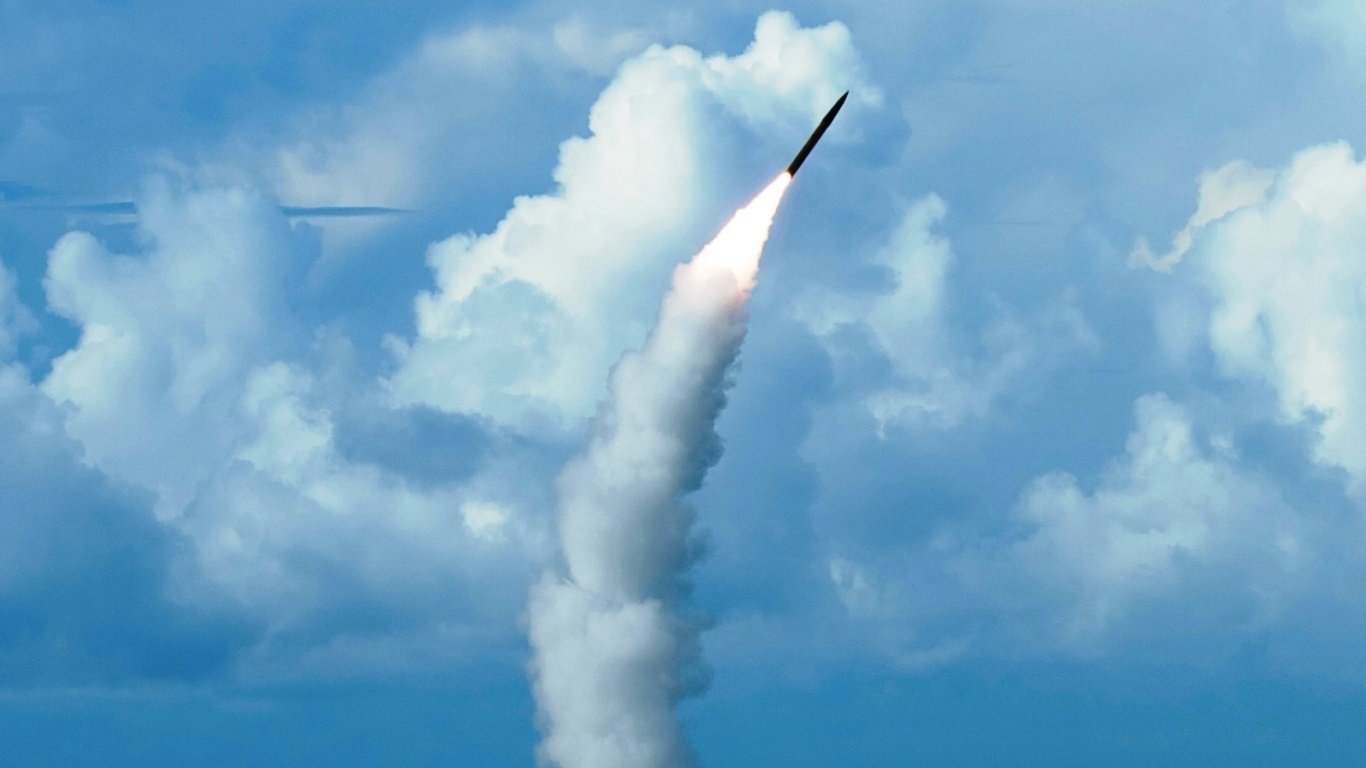
Rising geopolitical tensions and rapid advancements in military technology have required new strategies to ensure national security around the world. As more countries develop ballistic, cruise, and hypersonic missiles, adequate defenses are in high demand. This article explores which countries have missile defense systems, how advanced they are, and where global missile defense is headed next.

Key Points
-
Missile defense is evolving fast, but is having trouble staying ahead of emerging hypersonic missile technology. It is mainly useful as a defense against small numbers of missiles launched by rogue states.
-
4 million Americans are set to retire this year. If you want to join them, click here now to see if you’re behind, or ahead. It only takes a minute. (Sponsor)
Missile Defense 101
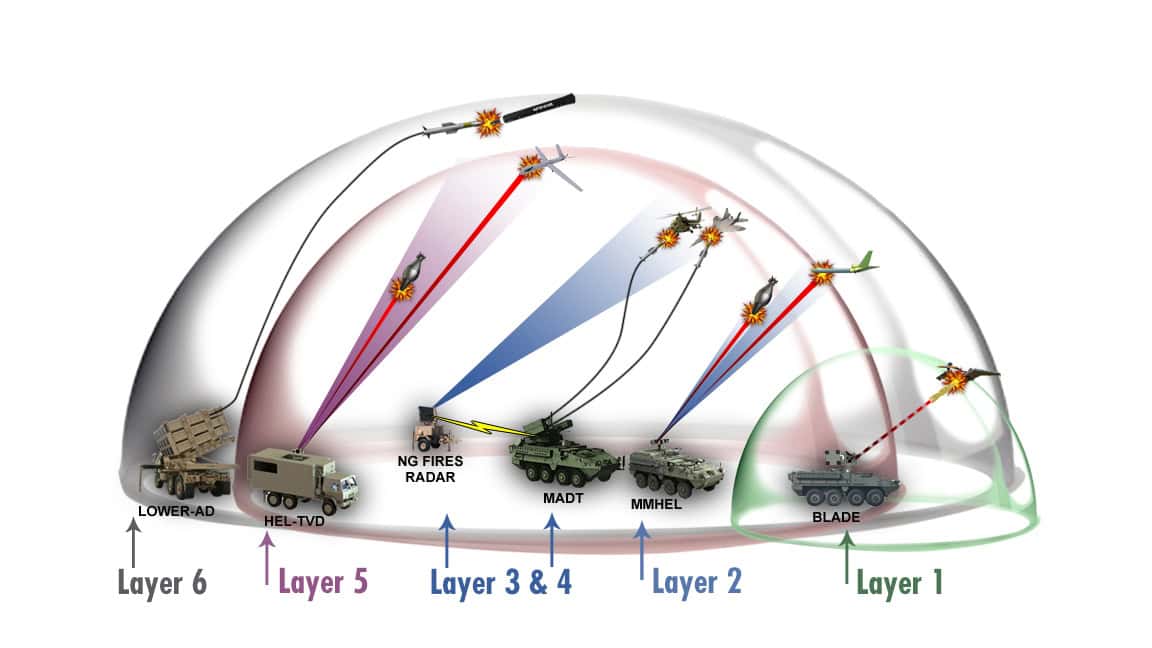
A missile defense system has one primary job—to detect, track, and shoot down incoming missiles, whether ballistic, cruise, or hypersonic, before they reach their targets. It uses a network of sensors, command technologies, and interceptors designed to carry out this job. Many countries use layers of protection to guard against various threats from multiple angles, basing their systems on land, sea, air, or even in space.
The United States: Leader in Missile Defense Innovation
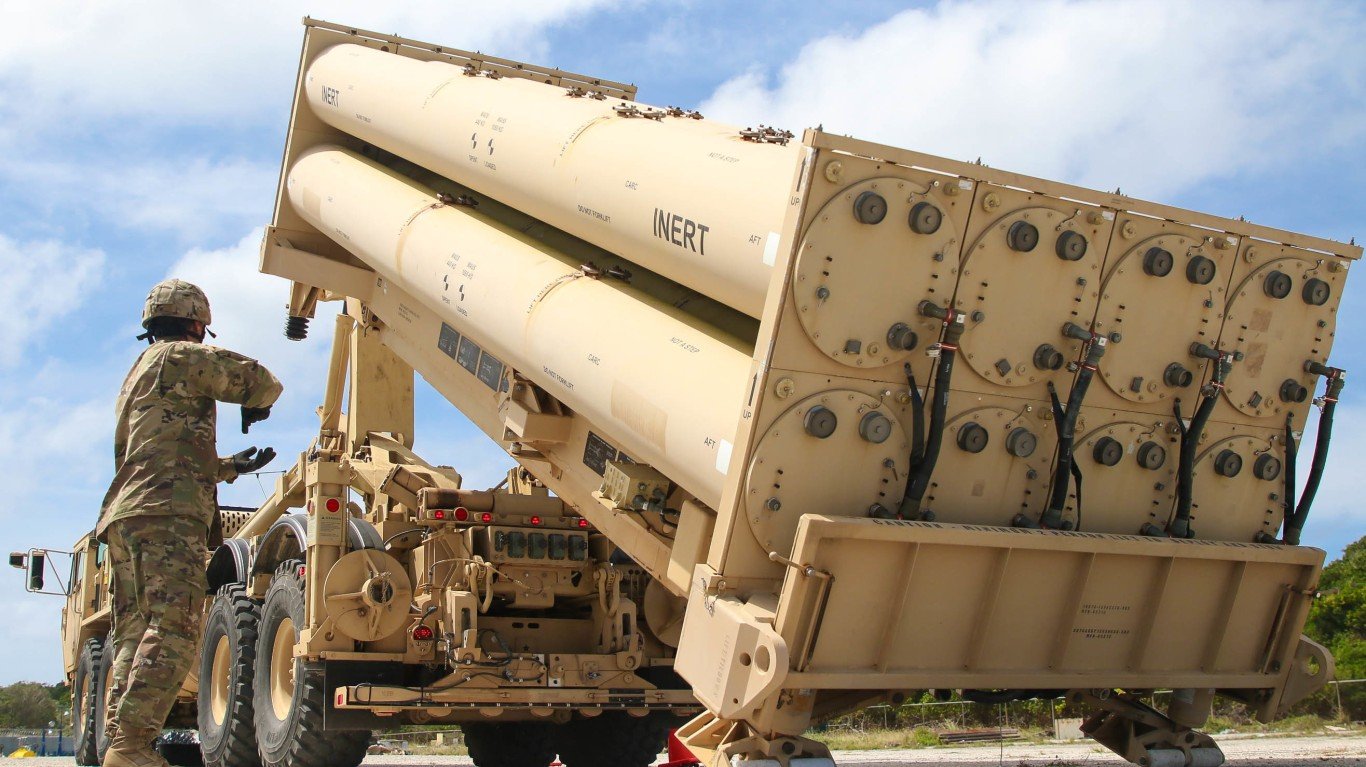
Over the last 70 years, the U.S. has spent more than $400 billion on its missile defense system, making it far-and-away the global leader in both technology and deployment. Key features of the U.S. system include:
- Ground-based Midcourse Defense (GMD): Designed to intercept ICBMs while they are still in space. This is primarily to protect against limited attacks from rogue states like North Korea.
- Aegis Ballistic Missile Defense (BMD): Deployed primarily on Navy ships, but with some land sites. Aegis handles short- to medium-range missiles and can engage limited ICBM-class threats.
- THAAD (Terminal High Altitude Area Defense): Provides high-altitude protection against short- and intermediate-range missiles. THAAD covers both deployed U.S. forces and those of its allies.
- Patriot System: A battle-tested long-term workhorse system for defending the U.S. against aircraft and missiles at shorter ranges.
Despite this impressive network of defense, independent reports from organizations such as the American Physical Society point out the limitations of the current U.S. systems. For instance, they are effective against small numbers of unsophisticated missiles from a rogue nation, but would struggle against a large-scale or highly coordinated attack with newer technologies from major powers like Russia or China.
Russia: Advanced Layered Defenses
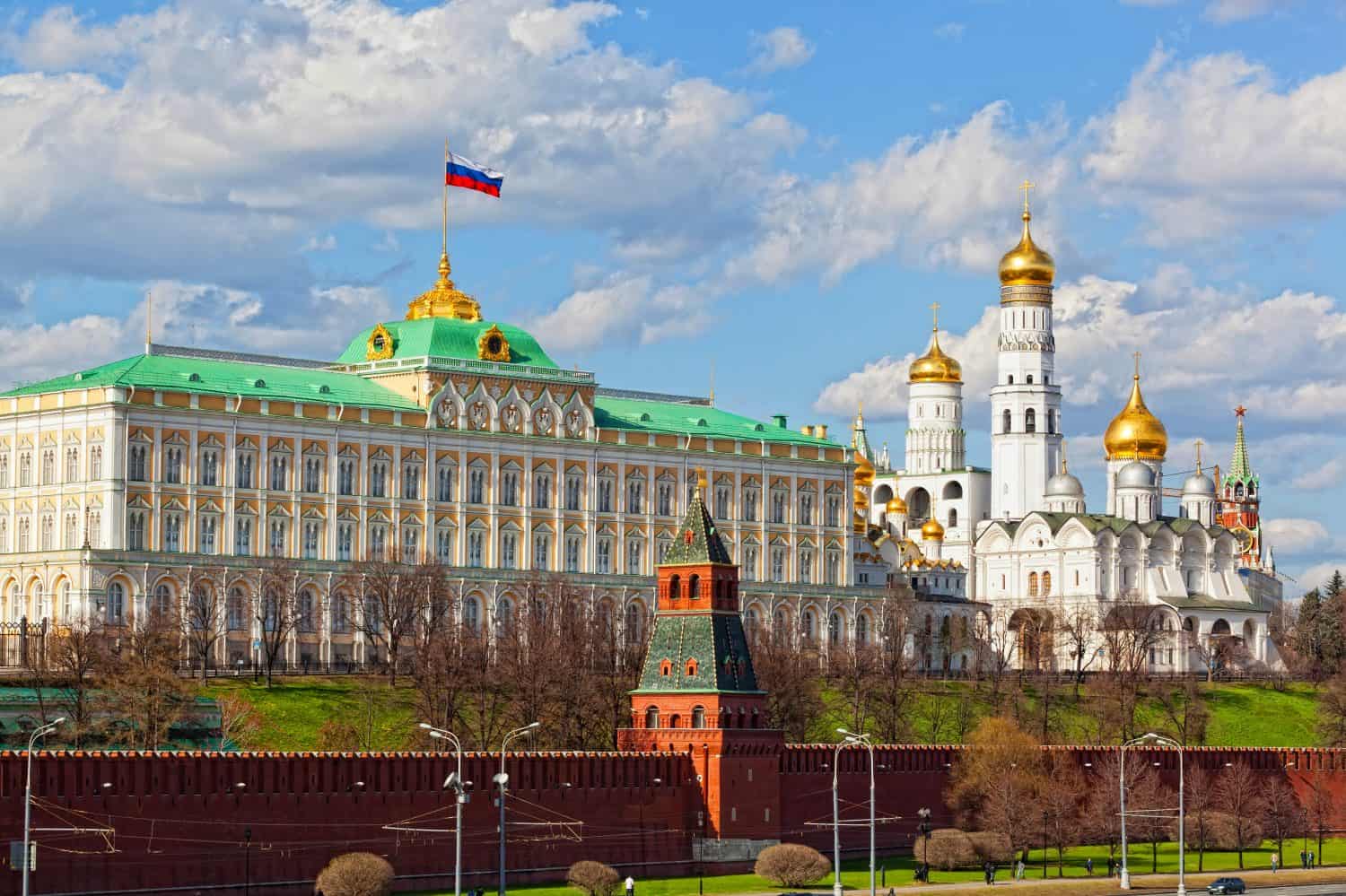
Russia maintains another of the world’s most sophisticated missile defense networks, focusing heavily on protecting vital locations such as Moscow. Major systems in their defense network include:
- A-135/A-235 System: Designed specifically to defend Moscow against ballistic missile strikes. Moscow is not only the seat of ruling power, but accounts for up to 25% of the entire Russian GDP and 8-10% of the country’s population. So its defense is paramount to the Russians.
- S-300, S-400, and S-500 Systems: These mobile systems shield against a spectrum of aerial and missile threats. The S-500 offers the most cutting-edge technological defense against ballistic and hypersonic missile attacks.
In addition to its missile defense network, Russia’s advancements in offensive hypersonic missile technology complicates the whole global defense picture. Russia’s developments continually push the limits of what modern missile defense systems are required to defend against.
China: Rapid Modernization and Expansion

China has rapidly closed the missile defense gap, expanding and upgrading its missile defense infrastructure at a tremendous pace. China uses modern variants of the HQ-9 system and is continually developing new technology to counter ballistic and hypersonic missile threats. The nation clearly intends to keep pace with U.S. and Russian capabilities, demonstrated by its large-scale testing and heavy focus on military development within China itself, not outsourced to other countries. China is also embarking on an expansion of its offensive nuclear forces to help it more easily overwhelm enemies’ missile defenses.
India: Indigenous Development and Strategic Partnerships
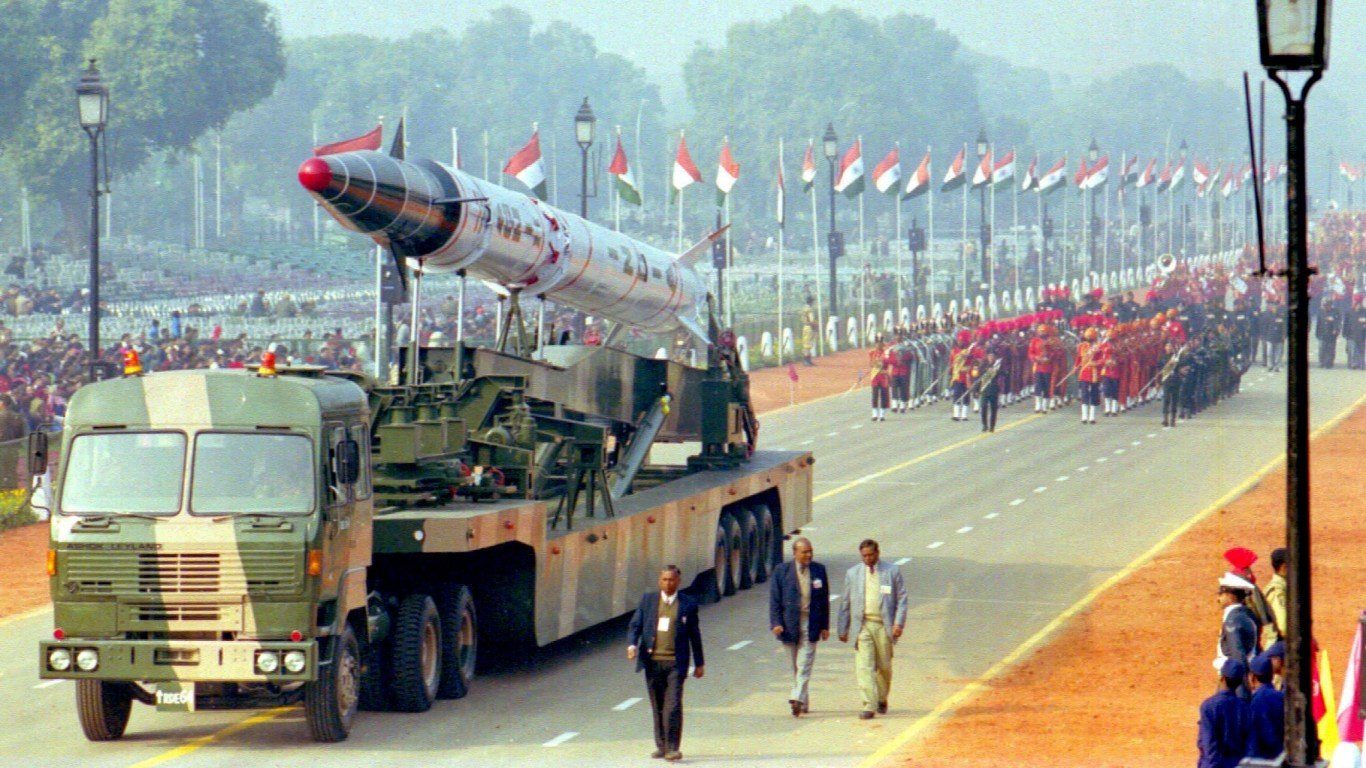
India has been building its own double-layered missile defense network, using the Prithvi Air Defence (PAD) and Advanced Air Defence (AAD) interceptors to shield vital potential targets such as Mumbai and New Delhi. Additionally, India has acquired Russia’s S-400 system for their own use. India is also actively researching its own hypersonic tech, putting itself on track to be a major player in global missile defense. One indication of this rising power’s technological capabilities is its burgeoning space program, which has already included robotic missions to the Moon and Mars.
Israel: Multi-Layered, Combat-Tested Systems
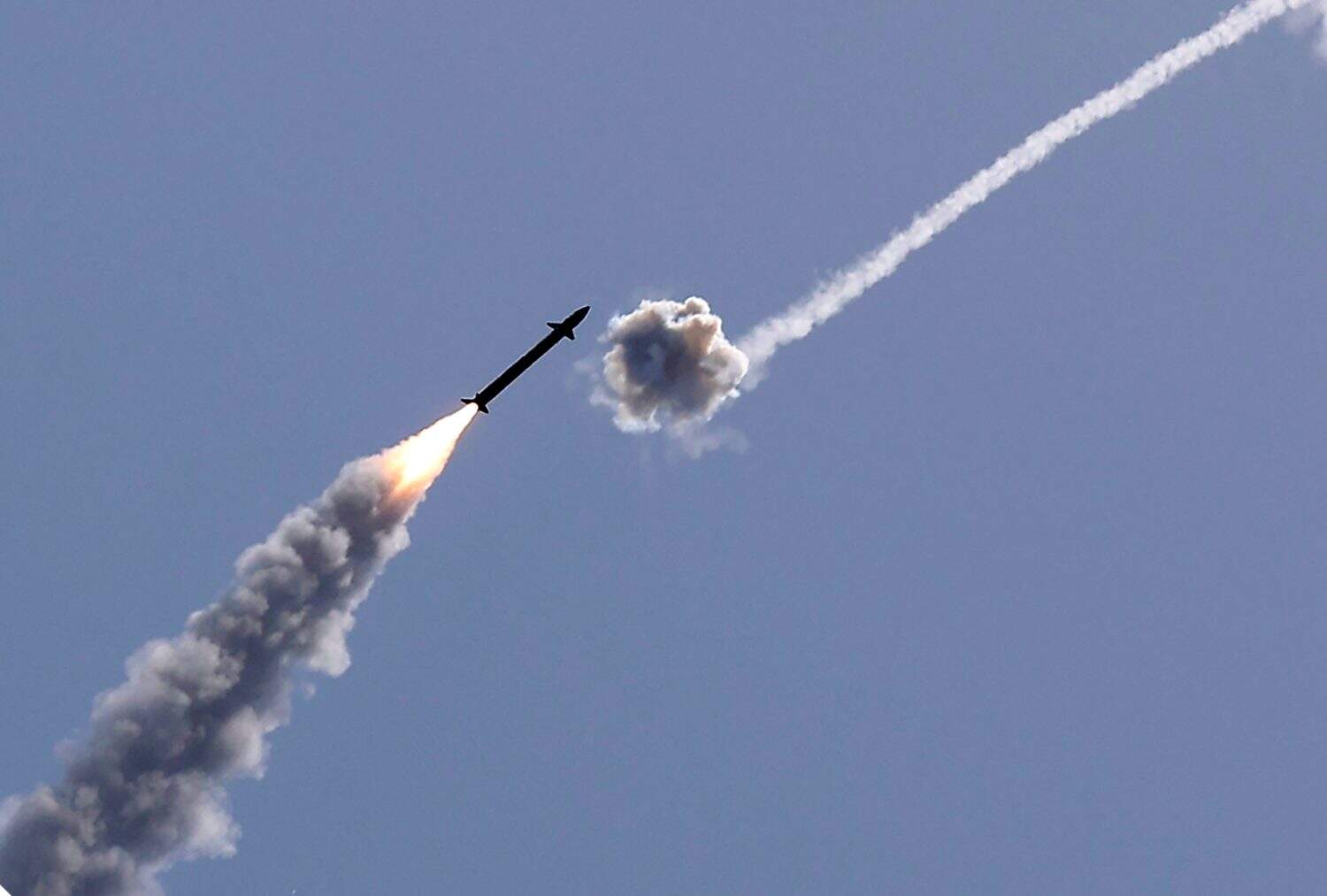
Israel’s missile defense network is among the most advanced and combat-tested in the world. Aspects of its defense include:
- Iron Dome: Famously capable of intercepting thousands of short-range rockets and artillery shells with startling accuracy. This came dramatically to the world’s attention when Iraq unsuccessfully lobbed SCUD missiles at Israel during the Persian Gulf War. More recently, Iron Dome has helped Israel defend against missile launches from local paramilitary organizations and from its greatest regional rival, Iran.
- David’s Sling: Named for the famous weapon an Israeli shepherd boy used to kill a giant in the Bible, this defense system covers medium- to long-range missile attacks.
- Arrow 2 and Arrow 3: High-altitude and space-based defense against ballistic missile strikes, including any carrying unknown or unconventional warheads.
Israel’s success has allowed it to export its technology, with Germany planning to deploy the Arrow 3 system in 2025. This is a major acquisition, and a milestone in Europe’s missile defense capability.
Europe and NATO: Collaborative Defense Initiatives
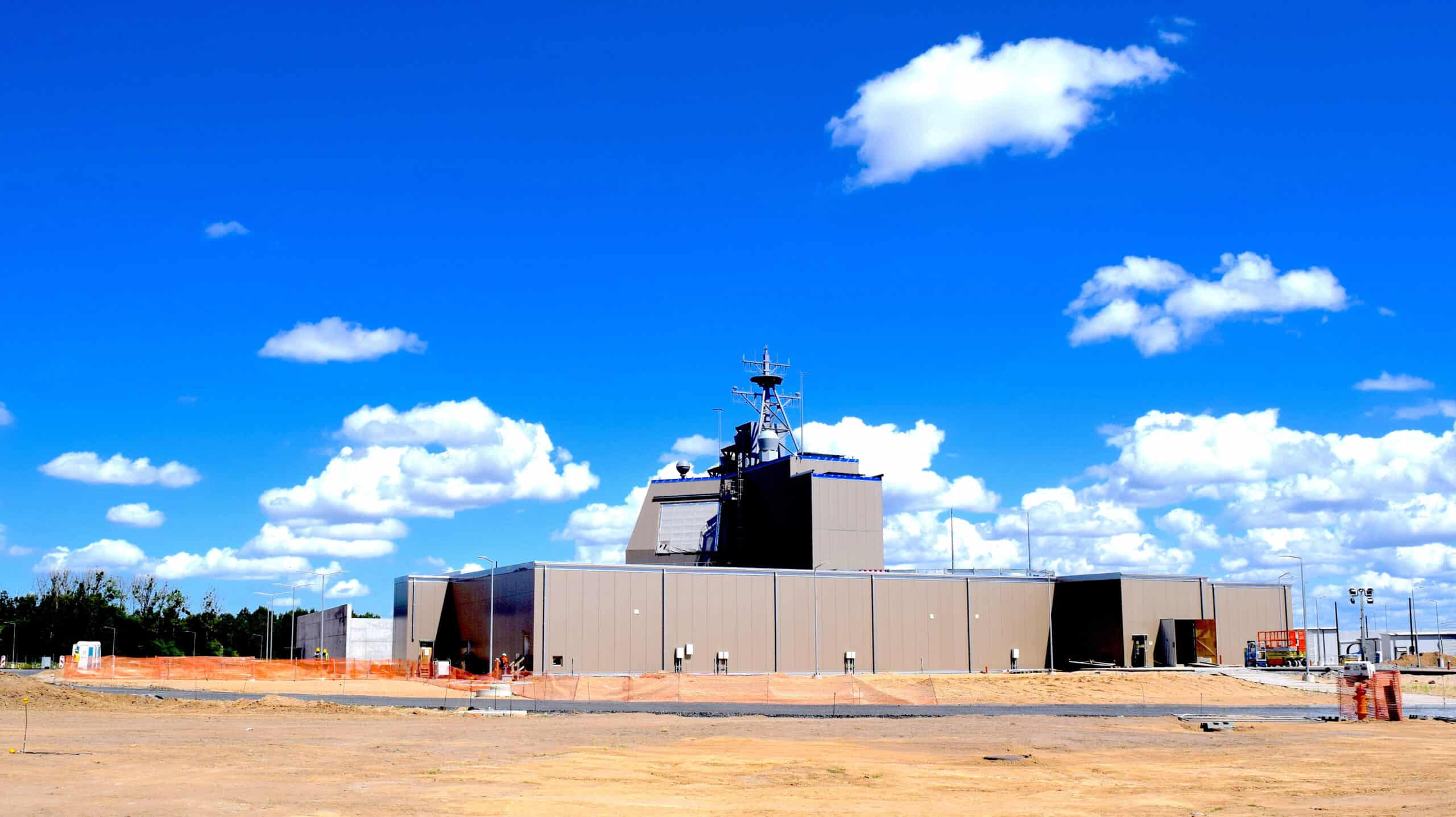
Speaking of Europe, its nations have been ramping up their own missile defense efforts. As they pursue development, they often share research and technology with the U.S. and Israel. Key projects include:
- MEADS (Medium Extended Air Defense System): A project with the U.S., Italy, and Germany to provide 360-degree coverage and compatibility with NATO.
- Aster 30 SAMP/T: A technology used by Italy, the UK, and France to shield against ballistic and cruise missile strikes.
- Patriot and THAAD: U.S. technology shared and deployed across many NATO member states.
Germany’s acquisition of Israel’s Arrow 3 system marks another significant milestone in Europe’s missile defense strategy.
An Emerging Offensive Threat

One recent development greatly changing the missile defense game is that of hypersonic missiles—weapons capable of traveling faster than Mach 5 (5 times the speed of sound) while maneuvering unpredictably. Russia, China, and the United States are leading this arms race, with India and France trailing closely behind. Right now, the majority of missile defense systems struggle to reliably track, predict, and intercept hypersonic threats. This new and continuously developing threat has pushed countries to develop new detection, tracking, and interception technologies as quickly as possible.
Effectiveness and Future Trends

While missile defense systems have repeatedly shown themselves to be effective against unsophisticated attacks that are limited in scope, they still face major challenges against high-tech and large-scale assaults. Possible future trends in missile defense include:
- AI and Machine Learning: Expected to significantly boost early detection, response times, and tracking accuracy.
- Space-Based Sensors and Interceptors: These offer greater early warning and interception capabilities, critical for defending against increasingly fast hypersonic missile and ICBM threats.
- International Collaboration: More countries are joining forces to develop collaborative missile defense capabilities and ensure international compatibility.
- Market Growth: The global missile defense market is projected to expand steadily, driven by continually rising military budgets and increasing global security concerns.
The post What Countries Have Missile Defenses, and How Good Are They? appeared first on 24/7 Wall St..


















